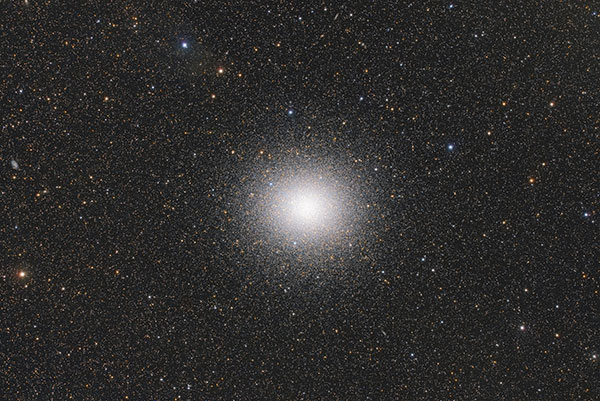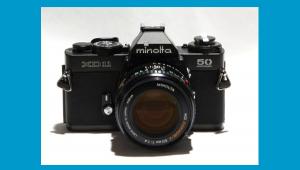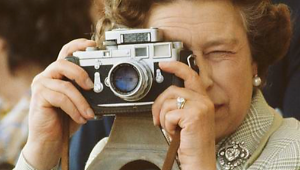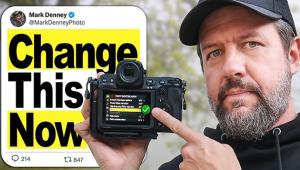Check Out the 11 Out-of-This-World Winners in the 2015 Insight Astrophotography Contest

Astrophotography can produce some truly mind-blowing space imagery. For evidence, check out the just announced winners in the annual Insight Astrophotography Competition including Photographer of the Year.
The prestigious competition is run by the Royal Observatory Greenwich in association with Insight Investment and BBC Sky at Night Magazine. French photographer Luc Jamet won the title of Insight Photographer of the Year in competition with over 1,000 amateur and professional photographers from around the globe. Now in its seventh year, the competition received over 2,700 entries from 60 countries.
The judges were excited by Jamet’s image capturing the drama of the total solar eclipse of March 20, 2015. The image was made 300 feet above the wintry valley of Sassendalen in the Norwegian territory of Svalbard.

Competition judge and Royal Observatory Public Astronomer, Dr. Marek Kukula, said: “The total solar eclipse was one of the astronomical highlights of the year and Luc Jamet has captured it perfectly. I love the way that the icy landscape of Svalbard reflects and intensifies the evocative colors of the sky—colors that only occur during the few minutes of totality—and which make any eclipse an unforgettable experience.”

Images placing in other categories included:
• An awe-inspiring view of the International Space Station crossing the face of the moon at approximately 17,300 miles per hour taken by Daniel Fernandez Caxete (Spain)
• A close encounter between Mars and comet Siding Spring taken with a robotic scope by Sebastian Voltmer (Germany)
• The movement of the sun over six months tracked through a home-made pinhole camera taken by Chris Bakley (USA)
• A striking portrayal of the stellar nursery that is the Orion Nebula, 1,300 light years distant, and one of the Running Man nebula, at 200 light years, captured by David Tolliday (UK), winner of the Sir Patrick Moore Prize for Best Newcomer.

Entrants in the Young Astronomy Photographer of the Year category again impressed the judges with 15-year-old George Martin (UK) awarded top prize for his image of Comet Lovejoy.
Judge Chris Bramley, BBC Sky at Night Magazine’s editor, said of this year’s contest: “The quality of this year’s field of over 2,700 images from across the globe meant that there was some lively debate over the judging. Each and every category contained images of a jaw-dropping standard.”
The overall winner received £2,500 ($3,750). Winner of “Skyscape,” sponsored by Insight Investment, received £1000 ($1,500). Winners of all other categories and the “Young Astronomy Photographer of the Year” received £500 ($750). Special Prize winners received £350 ($525).

The winning photographs will be exhibited in the Astronomy Centre, Royal Greenwich Observatory, until next June. Winners and shortlisted entries will also be published in the competition’s official book, available exclusively in the Royal Observatory Greenwich shop and on sale at bookstores and online from November 5 at £25 ($37.50).
See more of the winners from the Insight Astrophotography Competition below. Additional images from the 2015 contest and information about 2016 contest may be found at www.rmg.co.uk/astrophoto.
If you want to learn how to take great astrophotography images, check out these 10 helpful tips from astronomer Tom Kerss.























































